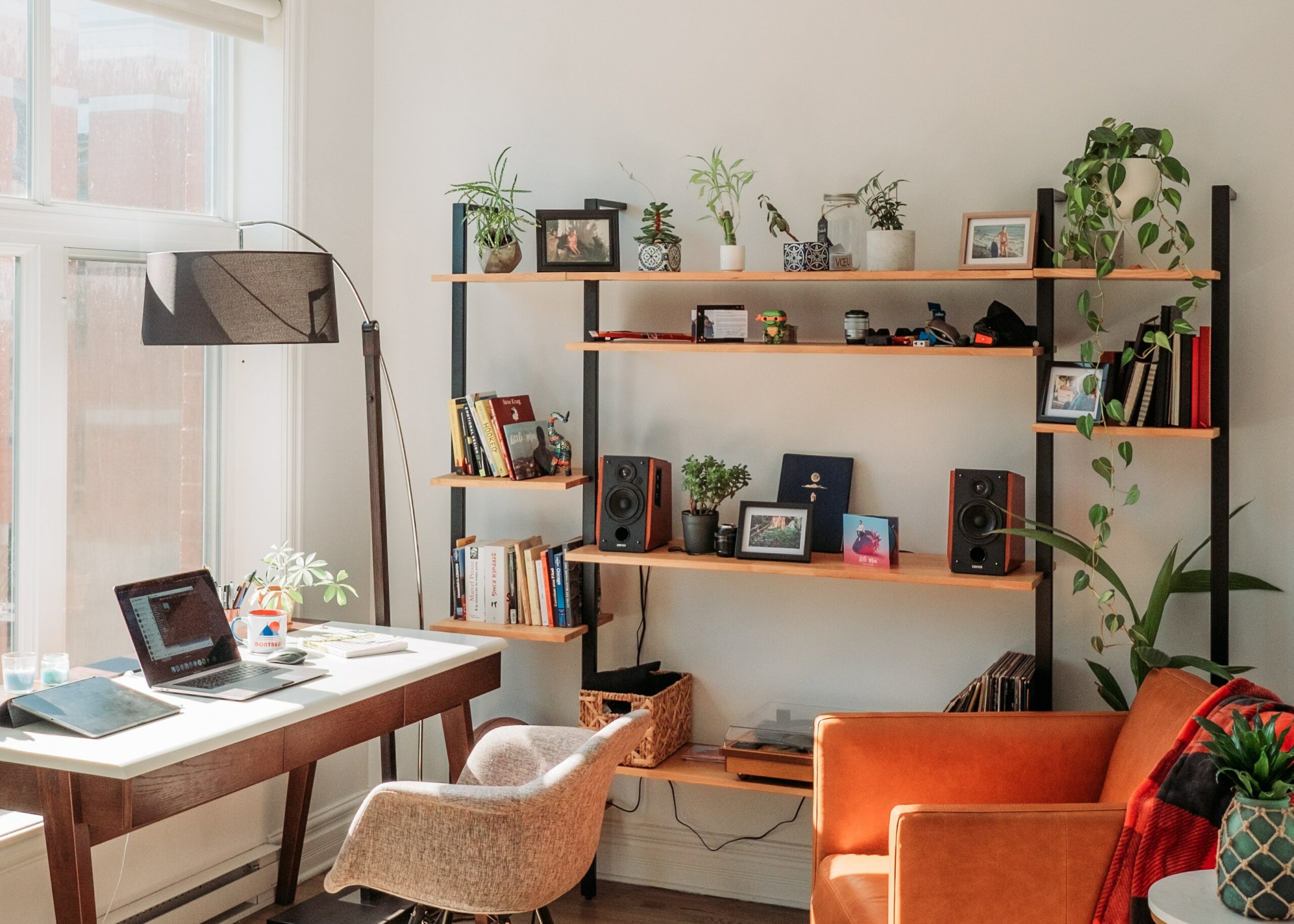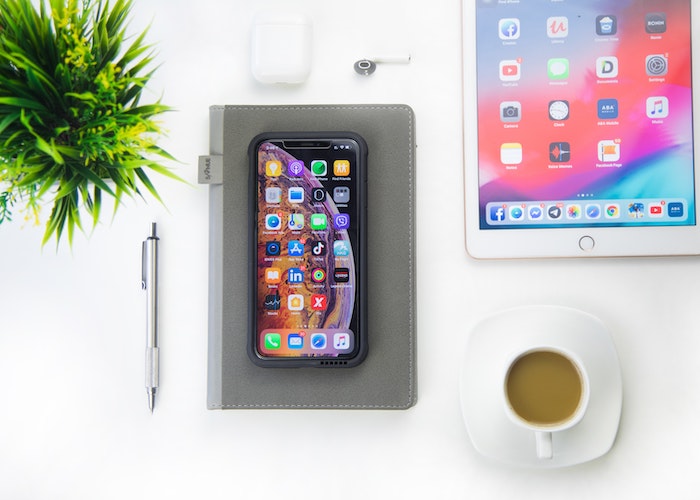Side Gig Advice From Someone Who’s Made An Extra $30,000 In 2 Years

This story is Arianna O’Dell’s, a 28-year-old founder of a PR and marketing agency in New York City, as told to Marianne Hayes.
I’ve always been a fan of quirky, one-of-a-kind gifts. But when I started making and selling them online on Etsy two years ago as a creative outlet, I never imagined my hobby would blossom into a reliable stream of passive income. And yet, so far, I’ve earned about $30,000 on top of my 9-to-5 income. I’m still learning as I go, but here are a few valuable pearls of wisdom I’ve picked up along the way.
1. Follow your passion projects.
I love a good pun and have learned that products with silly wordplay paired with cute illustrations make for crowd-pleasing gifts. (Think: a coffee mug that reads Livin’ la vida mocha.) Years ago, I started ordering custom items for family and friends, and, by the end of 2016, had a few extra lying around — so I figured I’d try selling them. I listed a mug on Etsy for $15, and was surprised to see it sell quickly. I didn’t net much, but something told me I’d stumbled upon a worthwhile side hustle. The key, I’ve learned over the last two years, is that I’m working on something I think is fun. When you’re motivated by more than the bottom line, you’ll be more likely to go the extra mile without burning out.
2. Outsource tasks you can’t do (or hate).
Soon after opening my Etsy store, I started researching cost-effective ways to produce other punny items I couldn’t easily make by hand. That’s how I discovered print-on-demand companies that ship on your behalf. It’s an order-as-you-go option that takes a cut of each sale, but using them means my apartment doesn’t have to double as an inventory warehouse. From there, I found graphic designers (through marketplaces like Fiverr and Upwork) who could help bring my ideas to life for $10 to $30 per design. With partners in place, I hit the ground running, creating everything from funny doormats to wine labels. Whether it’s administrative work, accounting duties, or something else, I’ve learned that it’s worth investing in help when it makes sense. This way, you’re free to focus on other areas you like or are better at — and supercharge your business.
3. Understand your costs (really, really well).
Perhaps my most valuable side gig advice was born out of a big mistake: I ended up losing hundreds of dollars my first quarter in business because I forgot to take taxes and Etsy’s seller fees into account — something I wouldn’t have missed had I done a simple break-even analysis from the outset. I also wish I’d had a better handle on my pricing. At first, I sold mugs for $16.99, netting me as little as 50 cents when all was said and done. Now that I better understand margins, I’ve upped my prices to $33.50 (a 100-percent markup) and people are still buying.
4. Be intentional with your time.
Surprisingly, I haven’t sacrificed much time to grow my business. After some initial research about how to optimize my Etsy page so it’d appear in people’s Google searches (a slow, but very effective game), I now just work when I have free time, usually about 30 minutes a day. The key is that I’m careful to spend that time as productively as possible. I typically work on my side business first thing in the morning, before I’m distracted or tired from other work, and complete at least one task, like fulfilling an order or implementing a new marketing tactic.
5. Look for ways to optimize or improve your process.
It’s been a slow, but mostly steady ride. (One exception: Holidays are always a boon. My second year in business, I sold more than 300 products and brought in $9,000 in three months alone.) Generally, I’m selling one or two items a day now, earning anywhere from $7 to $30 for each. I’ve also started selling on Amazon and my own site; diversifying where you can discover and purchase my products has earned me an extra $3,000 in sales to date. Next on my list is learning more about securing licensing deals to get my products into bigger retailers. I’m also slowing down on creating new designs and repurposing old ones instead. If one was really popular on a mug, why not try it on a beach towel? This will help keep my costs low as I look toward the future: My five-year goal is to firm up a long-term pipeline of passive income.
Read the original article on Grow. Copyright 2018. Follow Grow on Twitter.
More from Grow:
- Debt Payoff Guide: What’s the Best Way to Pay Off Credit Cards, Student Loans and Medical Debt?
- Retire at 30? Save $1 Million on a $55,000 Salary? They Did It
- 25 Ways to Turn Your Interests Into Income
Image via Unsplash




